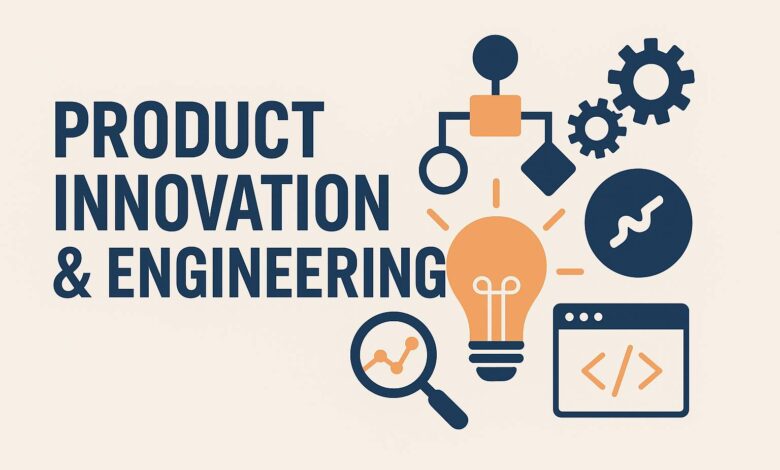
Background & Business Challenge
Enterprises with legacy Oracle-based data warehouses often face challenges in modernizing their environments—especially when the datasets are massive, the stored procedures are complex, and the business demands zero downtime. Manual migration is not only resource-intensive but also highly error-prone.
To address this recurring pain point across clients, I conceptualized and led the development of a Cloud Migration Toolkit (CMT)—a high-speed, automated framework designed to accelerate the migration of Oracle DWHs to Snowflake, without sacrificing reliability, governance, or performance.
Objectives
- Automate conversion of Oracle schemas, procedures, and views to Snowflake-compatible structures.
- Enable fast and reliable data ingestion—both historical and incremental.
- Ensure compatibility across AWS, Azure, and GCP.
- Deliver a cloud-native, dockerized, plug-and-play solution.
- Generate ongoing business value through reuse and scalability.
Architecture and Key Features
- Code Conversion Engine
- Built a grammar-based transpiler using ANTLR to convert PL/SQL procedures to JavaScript compatible with Snowflake’s scripting layer.
- Supported procedural logic translation, including conditional branches, cursors, loops, and exception handling.
- High-Speed Data Ingestion Engine
- Developed with Apache Spark, enabling parallelized, fault-tolerant ingestion.
- Achieved performance benchmark of 1 GB Oracle table → Snowflake in 8 seconds.
- Supported full and incremental load pipelines using CDC mechanisms.
- Containerized and CI/CD Ready
- Fully dockerized application, designed for CI/CD pipelines using Jenkins and Git.
- Allowed teams to deploy, test, and rollback with minimal effort.
- Multi-Cloud Compatibility
- Validated across AWS (S3, EC2, RDS), Azure Blob & Data Factory, and Google Cloud Storage & BigQuery.
- Abstracted storage connectors and credentials through config files to support easy plug-in with different cloud environments.
- Metadata-Driven Configuration
- Leveraged a centralized metadata repository to manage source-target mappings, transformations, and scheduling.
- Enabled rule-based transformation logic for reusability across domains.
- Governance & Observability
- Integrated with Snowflake’s Resource Monitors, provided usage dashboards via Tableau, and alerting using SnowAlert.
- Implemented logging and audit trails for ETL runs and data consistency validation.
Documentation & Enablement
- Authored a complete technical manual, setup guides, and implementation playbooks for partners and internal teams.
- Provided customer onboarding workshops and training modules, enabling deployment in <48 hours.
Business Impact
- The toolkit was deployed across several large enterprises, including financial, retail, and logistics domains.
- Contributed to $705,000+ in revenue through direct deployments and service bundling.
- Reduced average migration timelines from months to weeks, with ROI realization in a single quarter.
My Role & Leadership
- I initiated the project vision, performed PoCs, and got internal buy-in.
- Led a team of 20, including Spark developers, DevOps engineers, and cloud architects.
- Acted as liaison with Snowflake’s partnership team, securing technical documentation and feature support during beta releases.
- Owned the product roadmap, sprint planning, QA cycles, and customer deployments.
Lessons Learned & Legacy
- Automated migration is not just about ETL—it’s about building trust, governance, and future-readiness into the architecture.
- Productizing internal capabilities can open up new revenue streams while strengthening service delivery.
- Multi-cloud abstraction is a game-changer for service teams—reusability across client environments is a force multiplier.
Conclusion
The Cloud Migration Toolkit was more than just a utility—it was a strategic enabler of digital transformation. By combining deep ETL logic, cloud engineering, and procedural code conversion in one unified product, I helped redefine how our organization approached modernization.
It remains one of the most meaningful projects of my career, not just because of the technical complexity, but because it helped customers move forward with confidence in their cloud journey.





